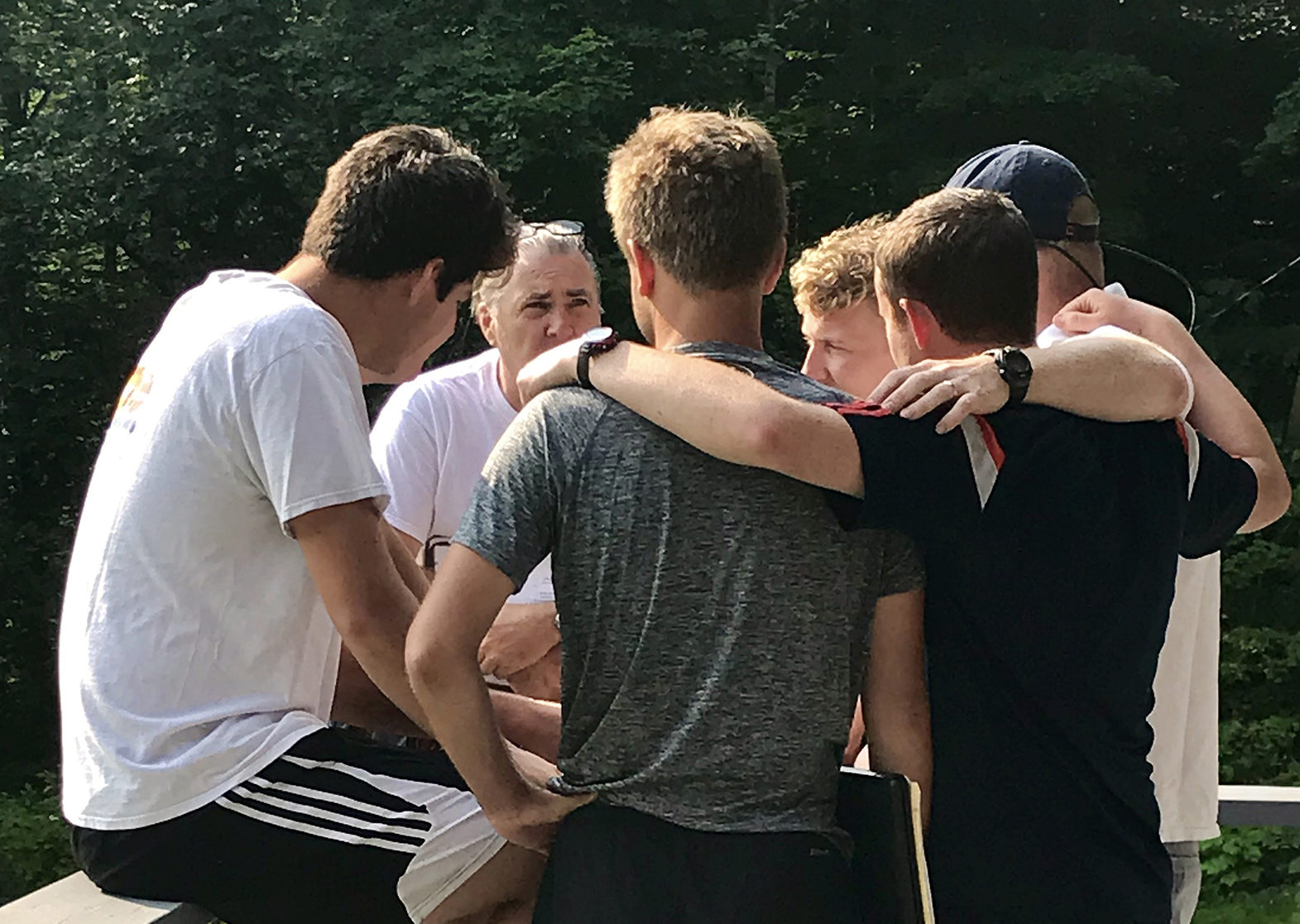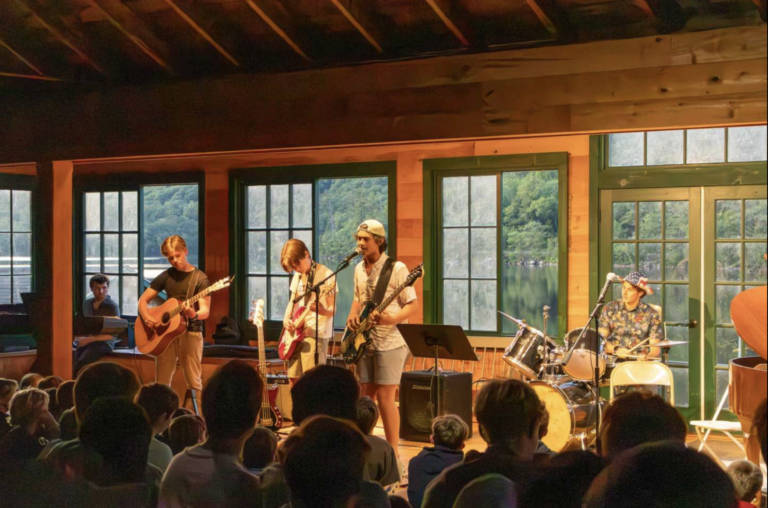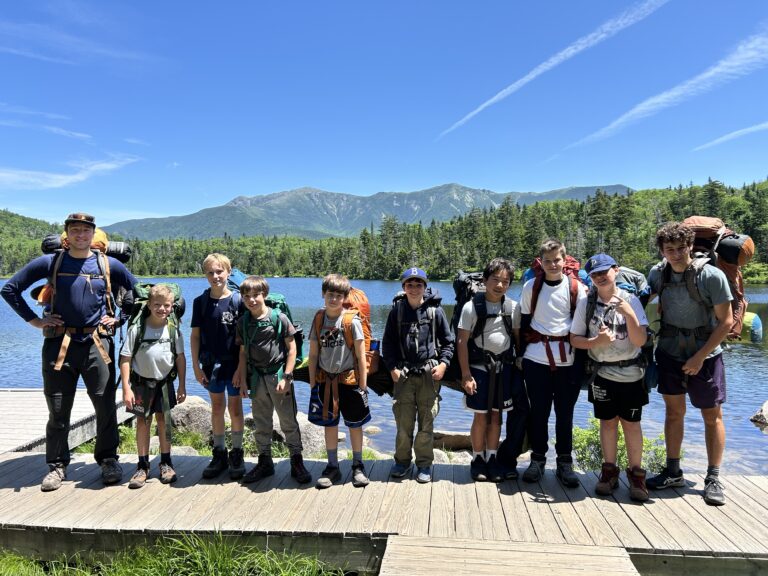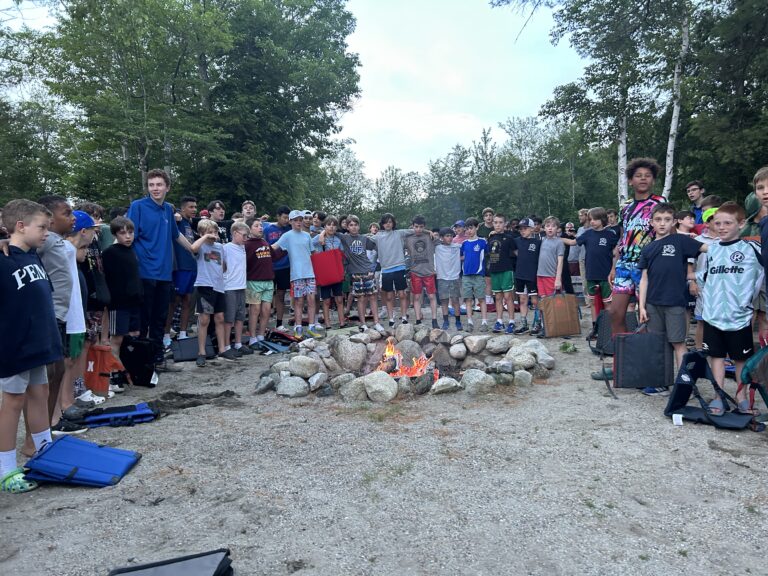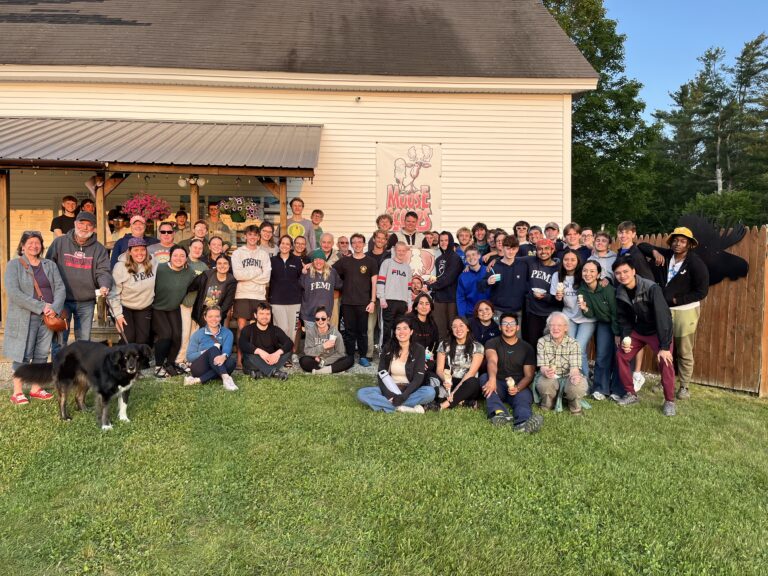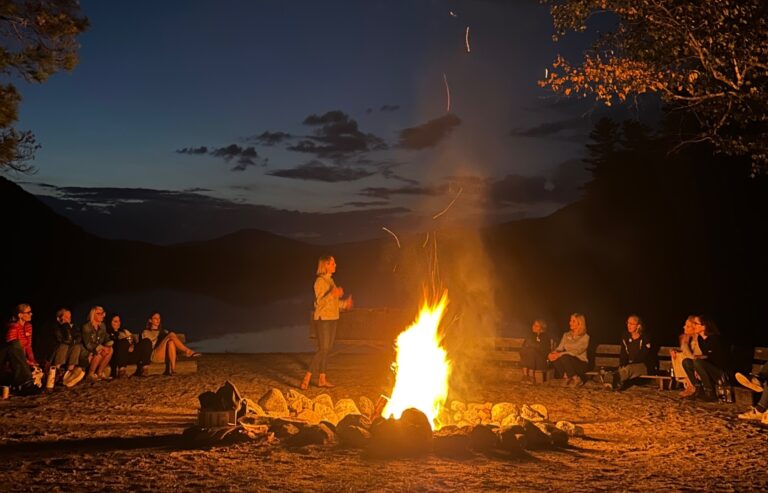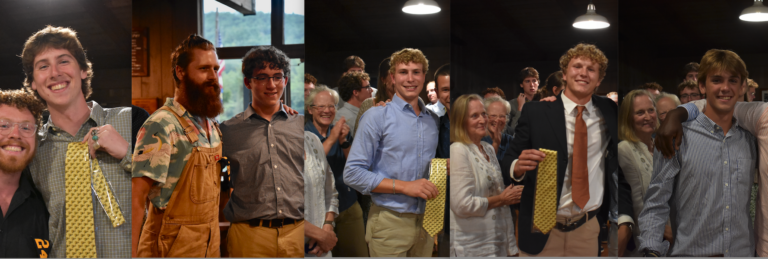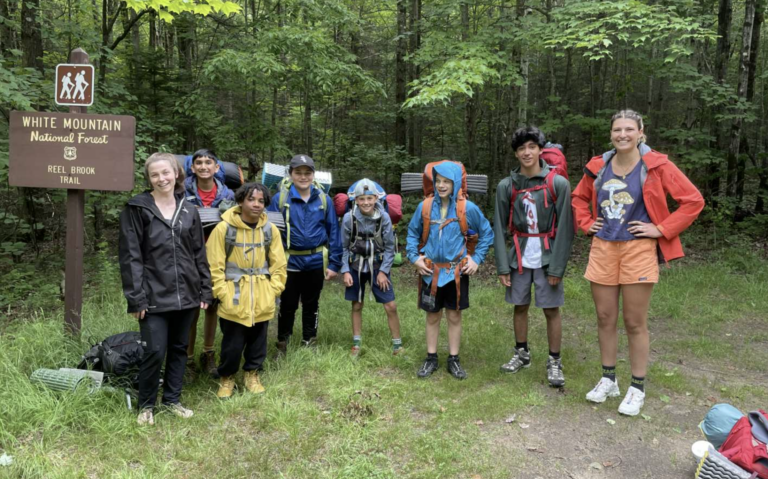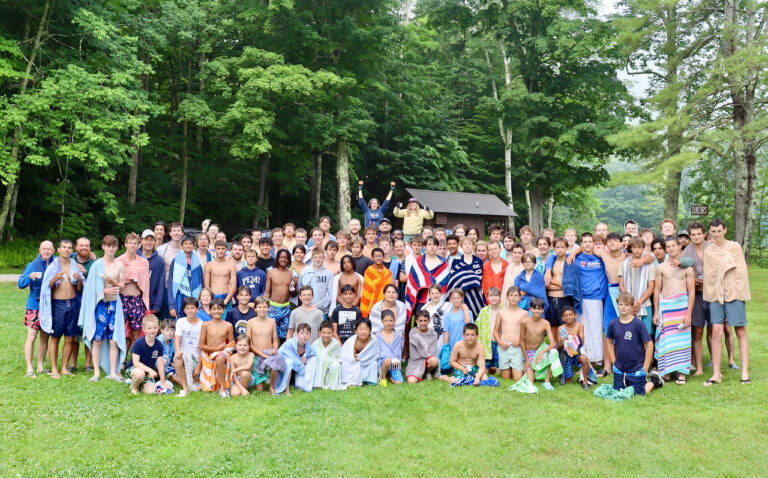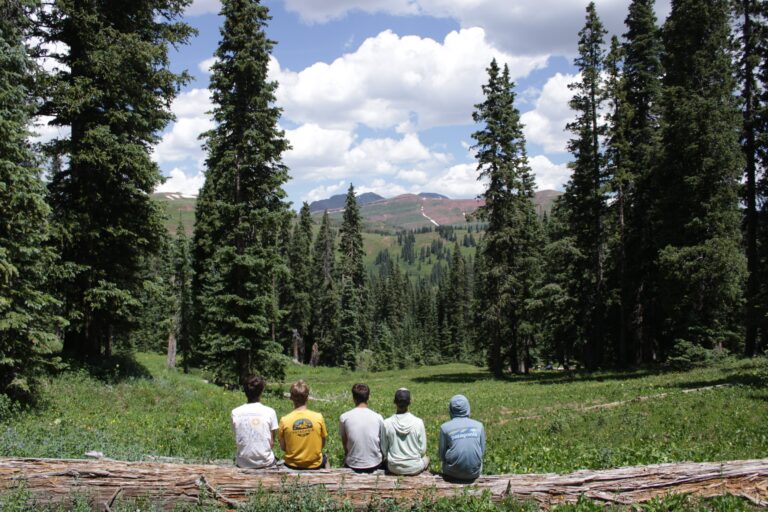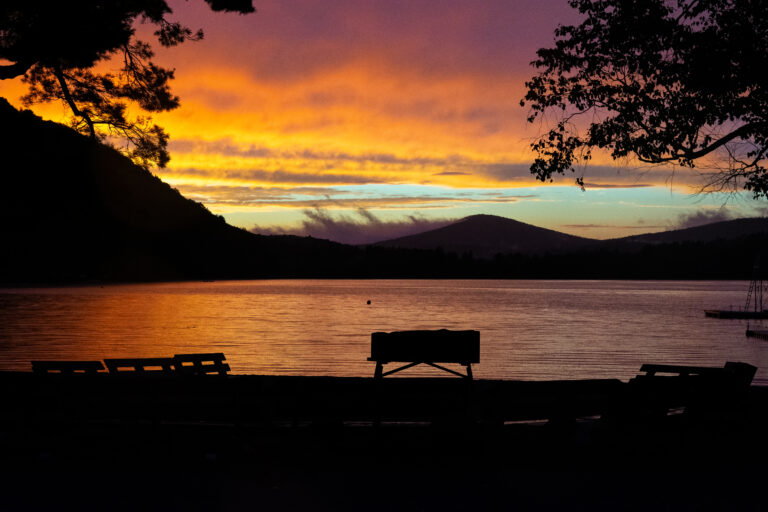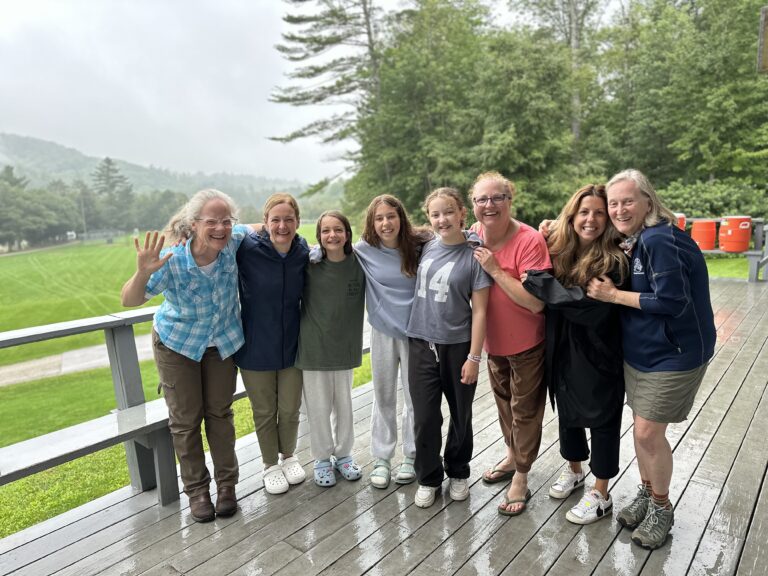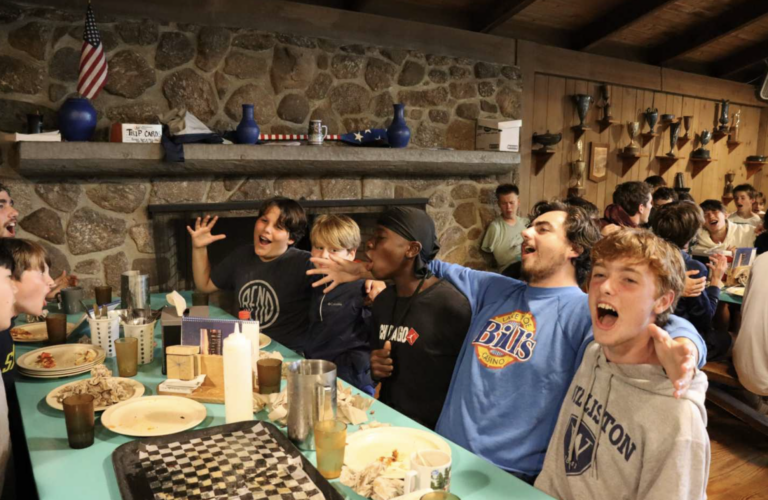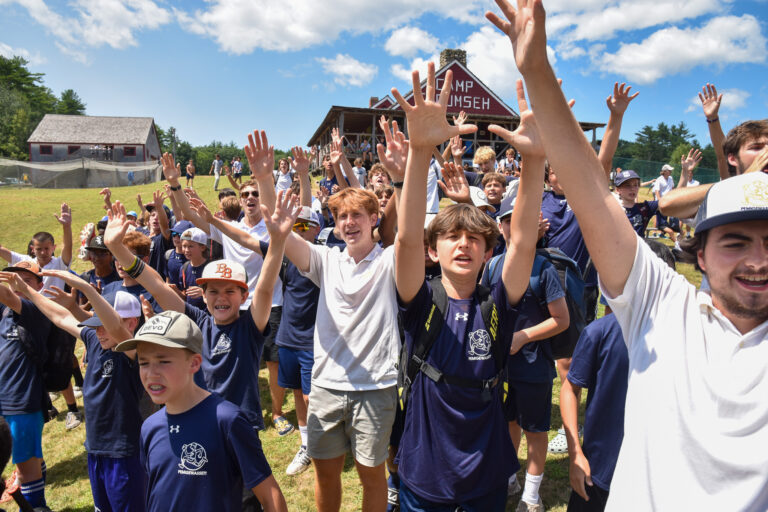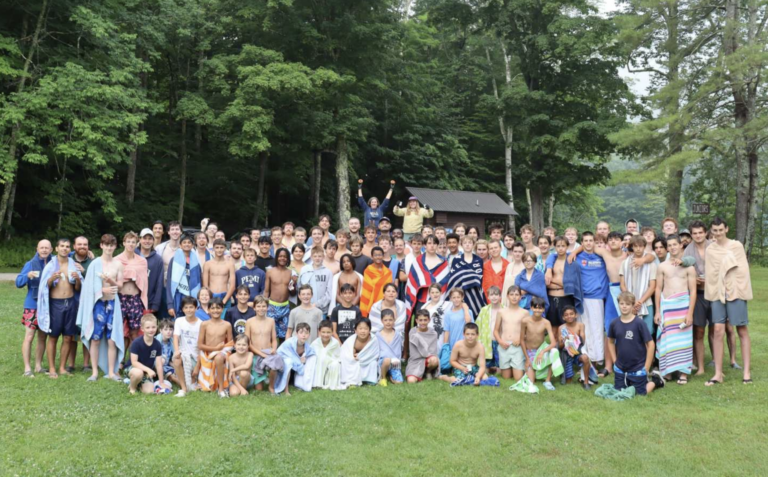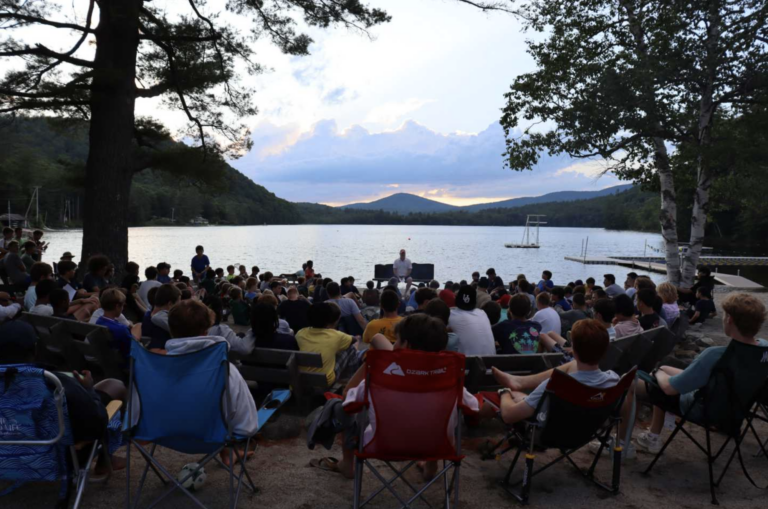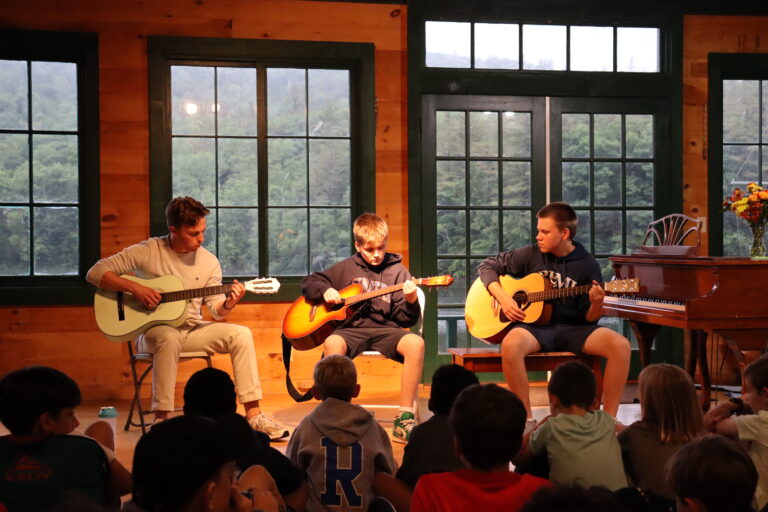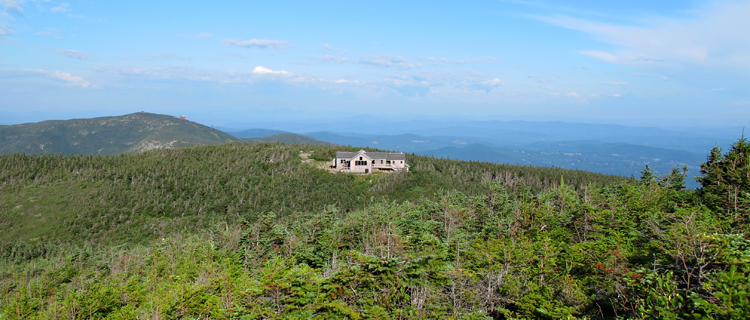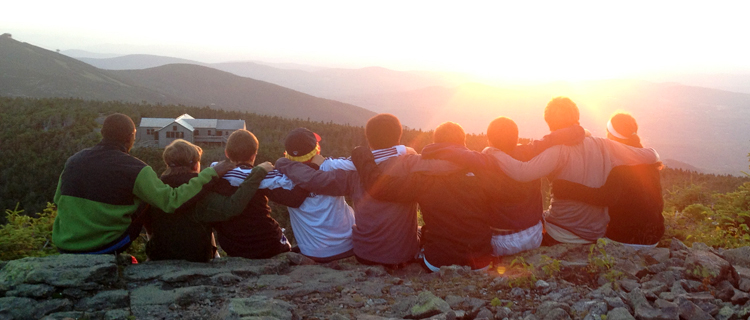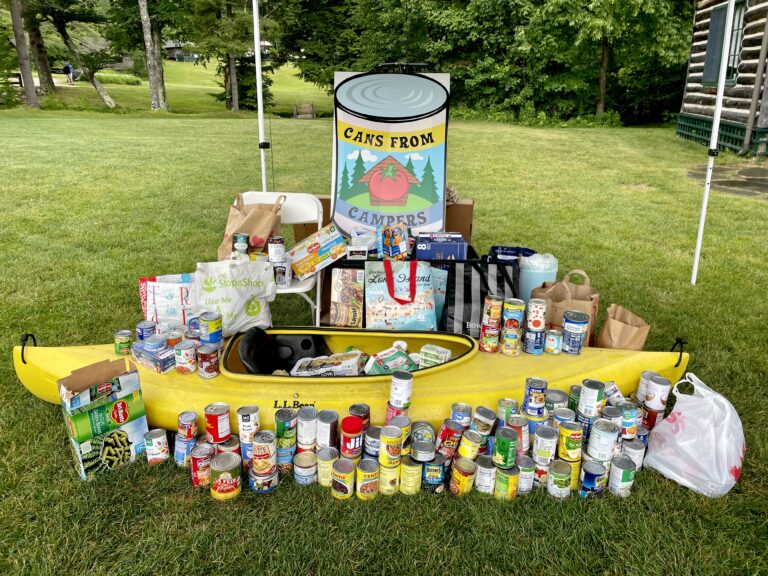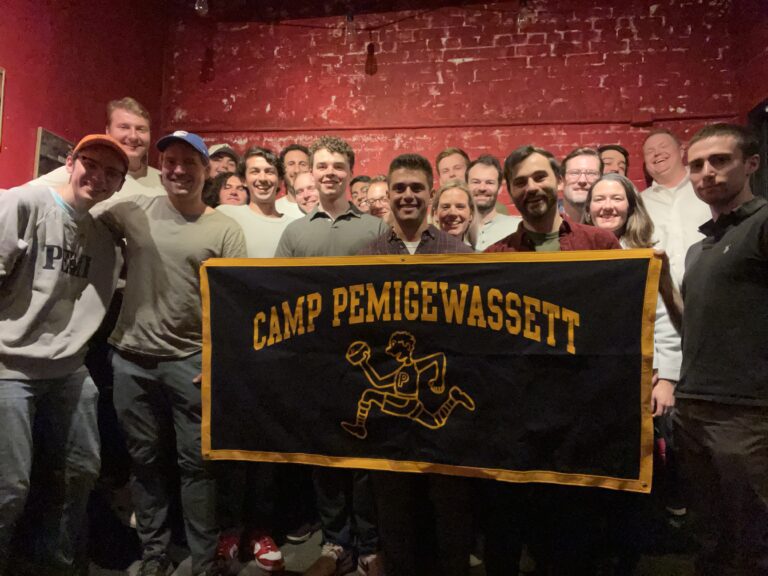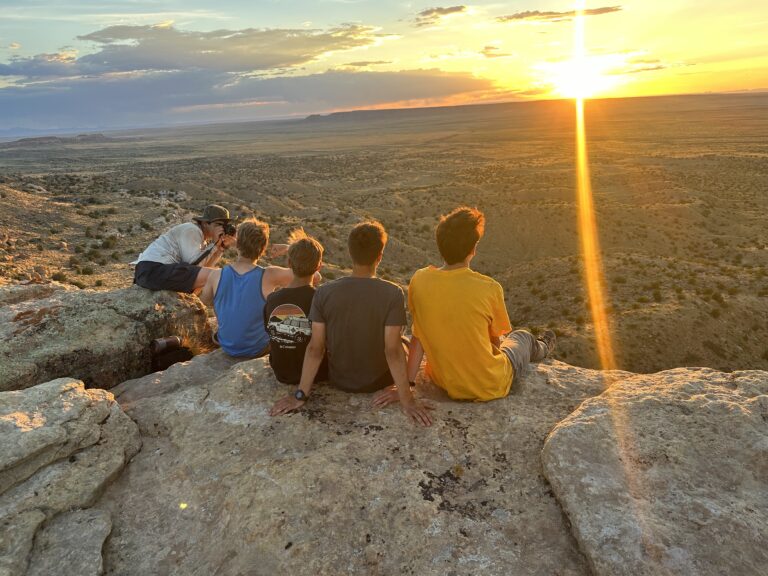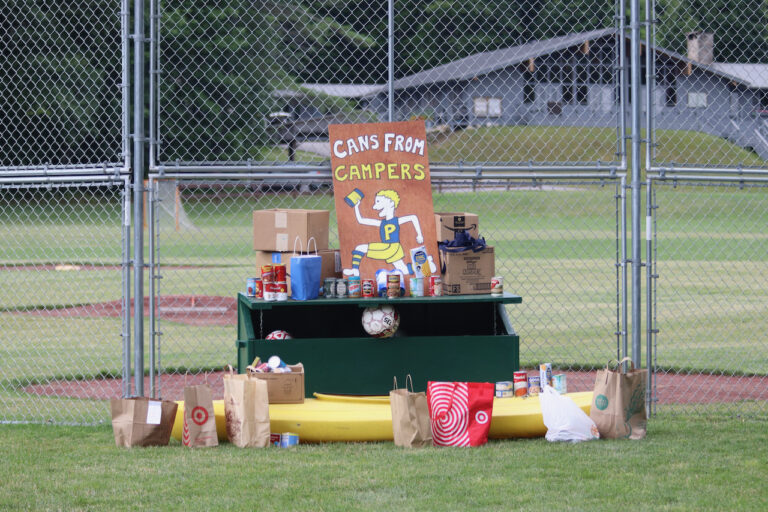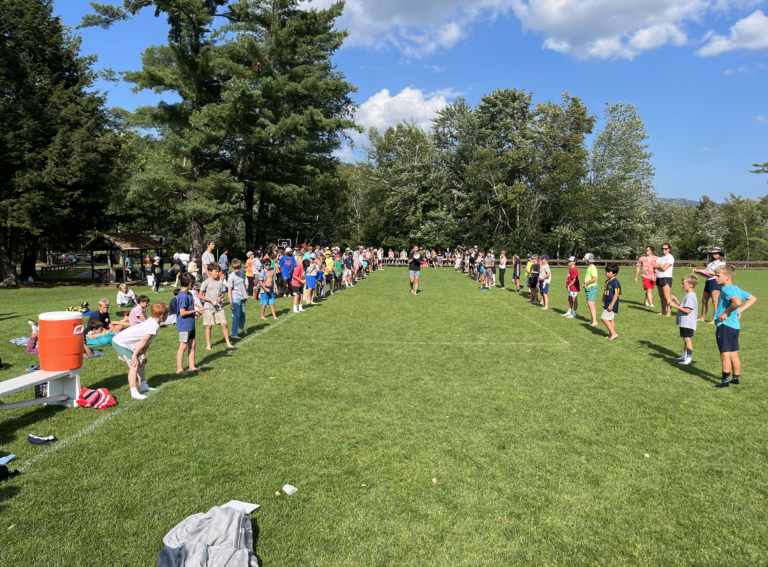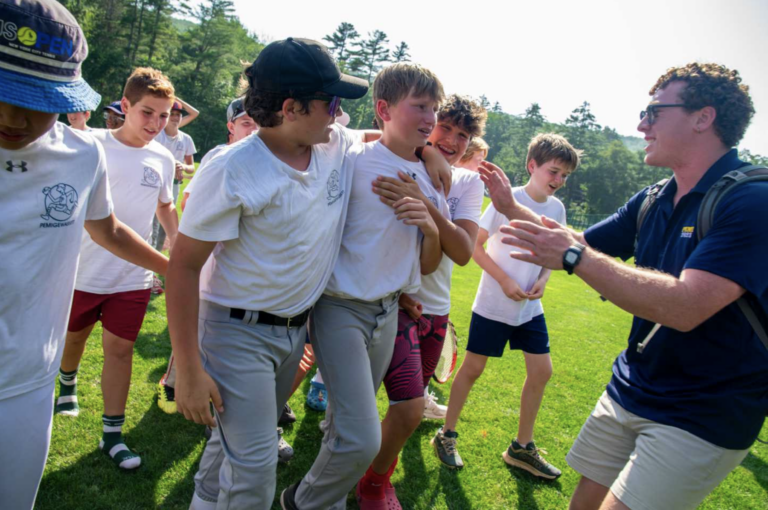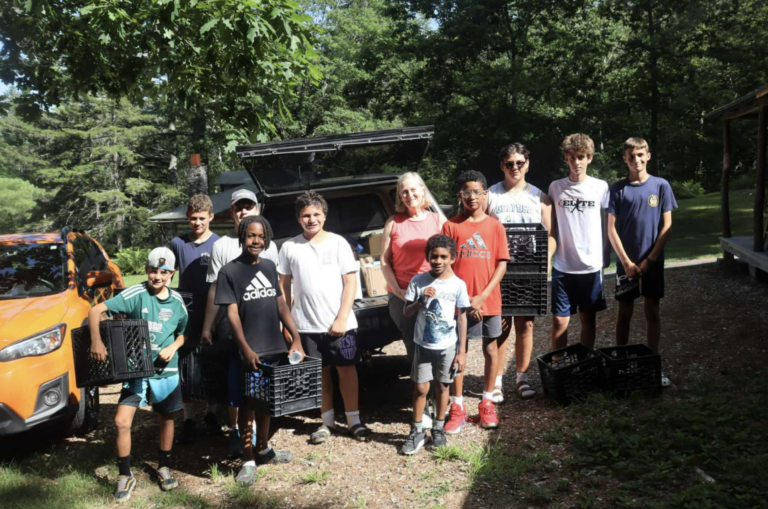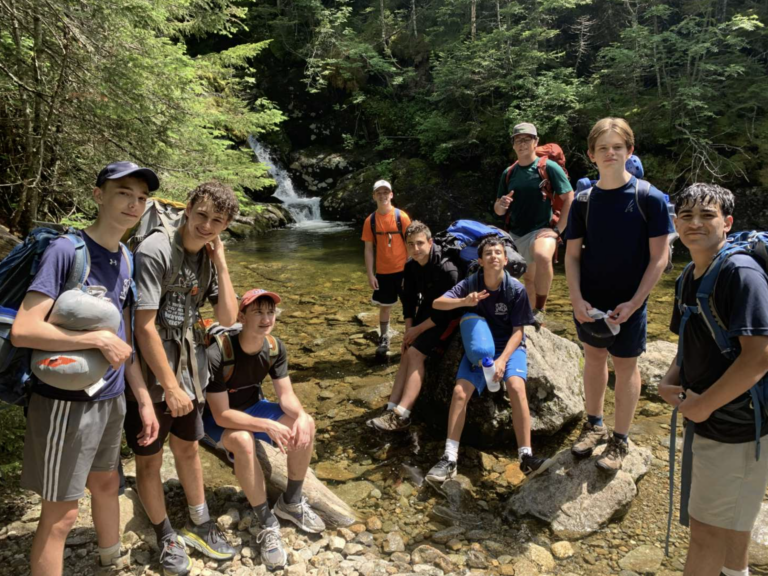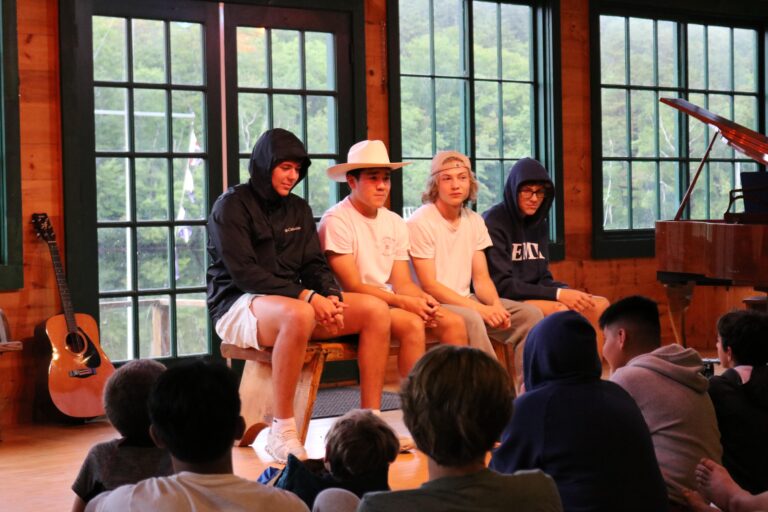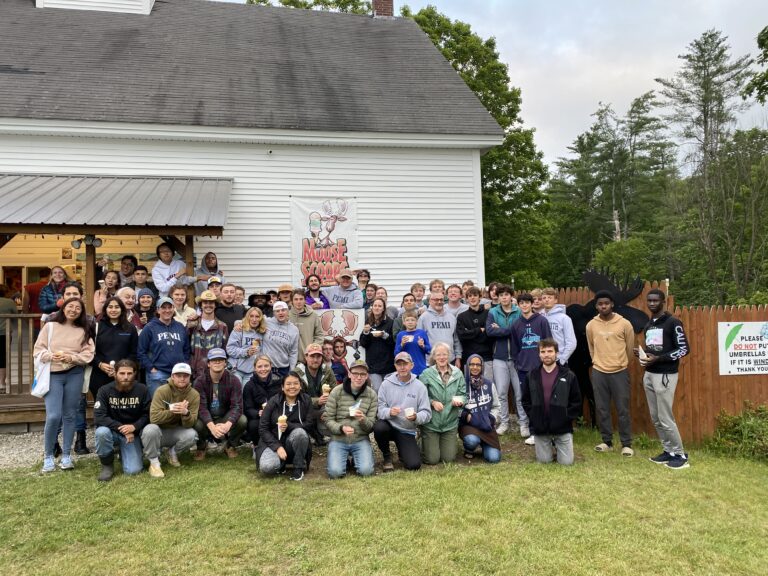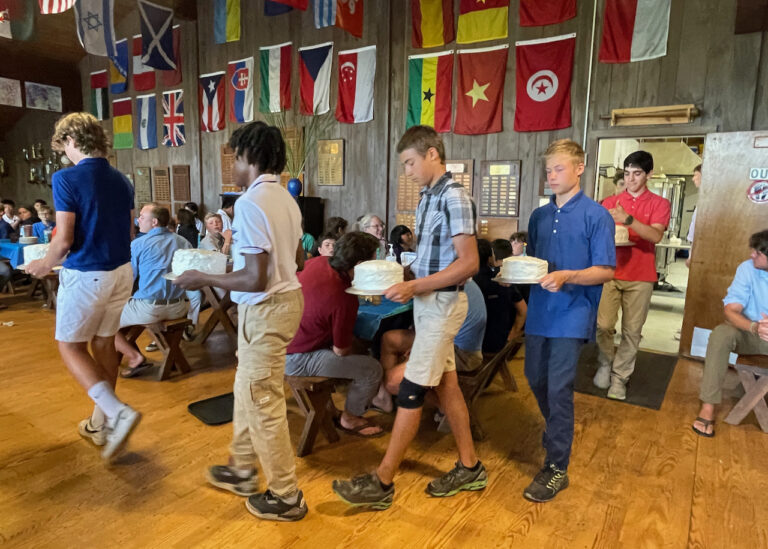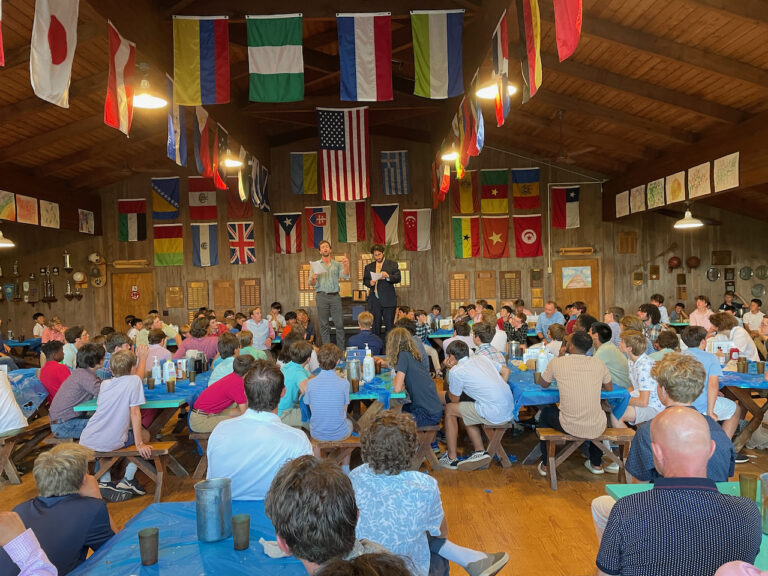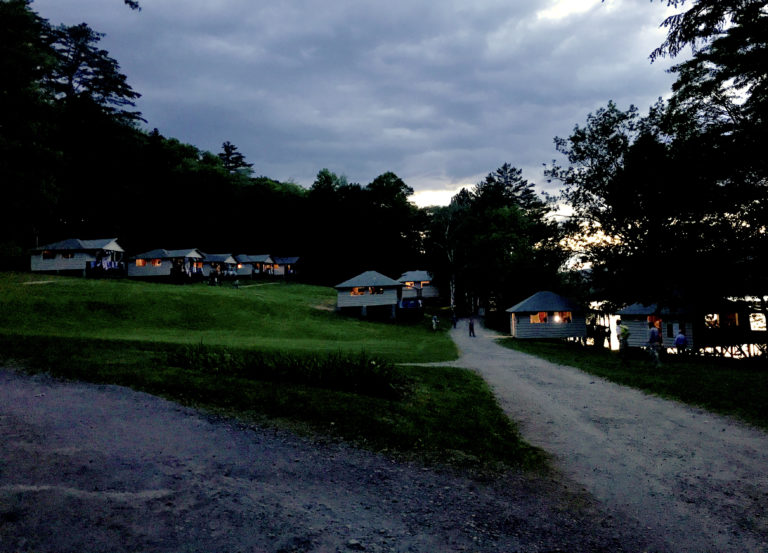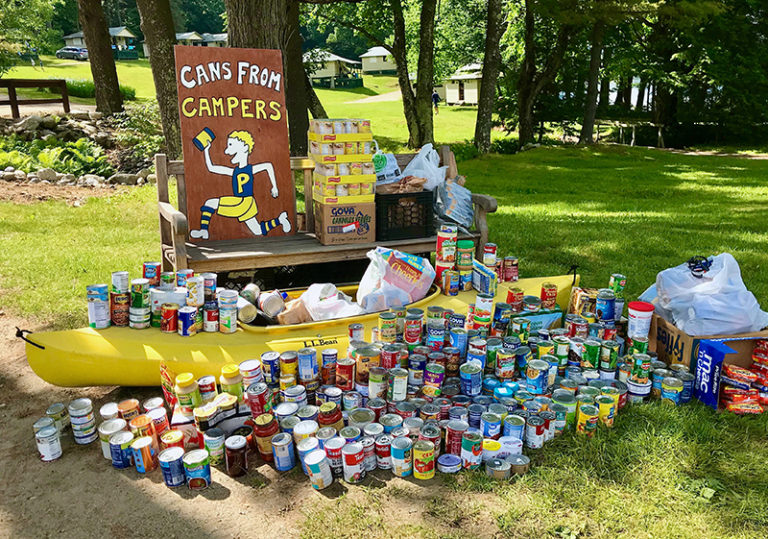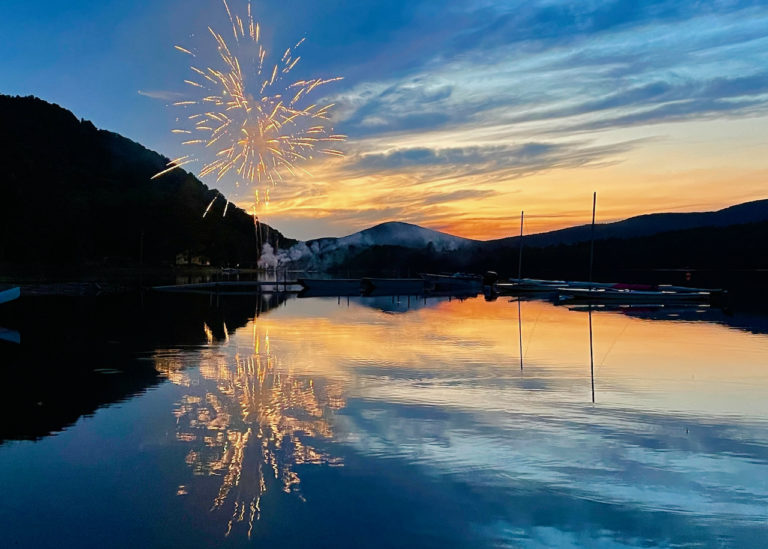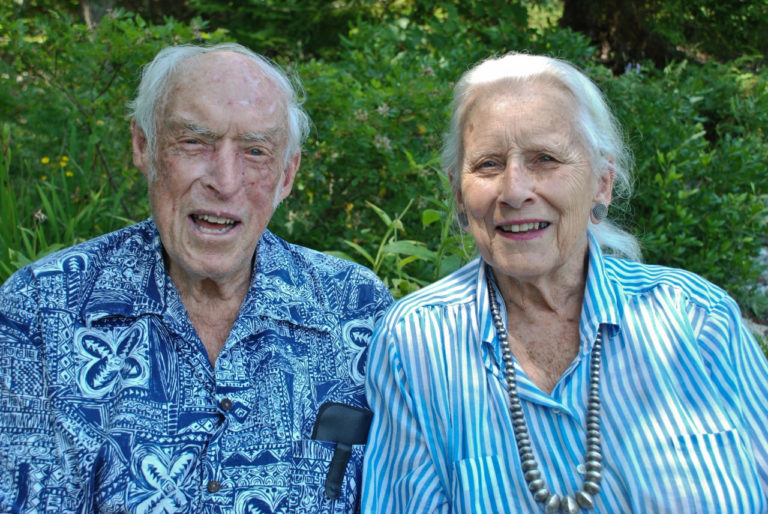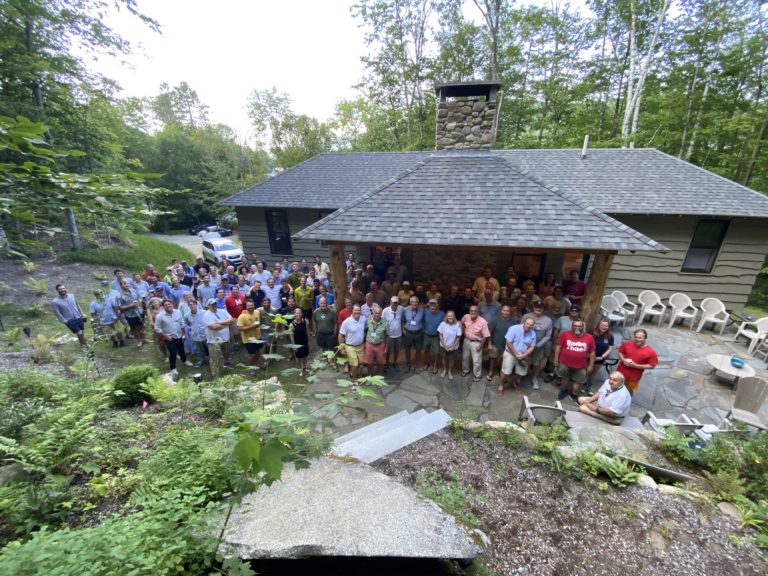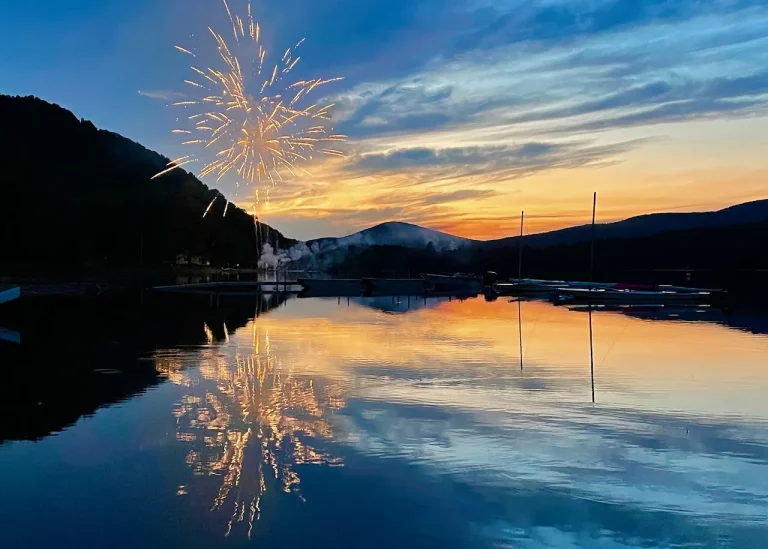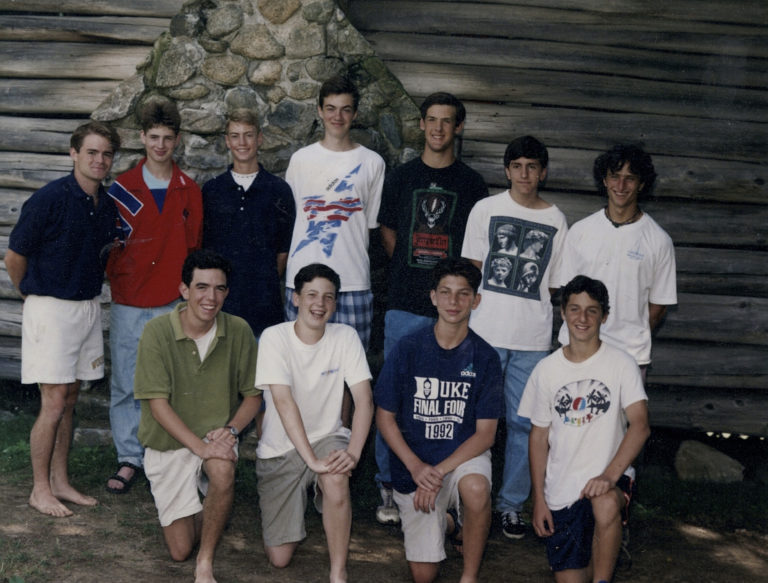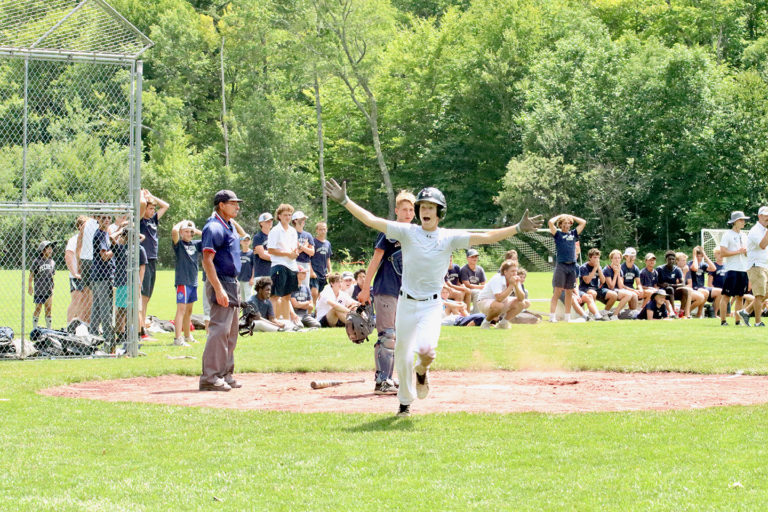- Daily Life at Pemi
- Education at Pemi
- Nature
- News
- Pemi History
- The Arts
- Trips
Pemi’s Nature Program: 87 Years and Counting
by Larry Davis

This is my 42nd year (1970-present) as Director of Nature Programs and Teaching at Pemi. My predecessor, Clarence Dike, was here for 41 years (1929-1970). Given my new longevity “record,” it seems like a good time to reflect on the history of natural history at Pemi.
Founding of the Nature Program
Pemi’s nature program began in 1925. The Seniors were split into five groups, and each group took “Nature” for one week, concentrating on collecting and identifying plants, shrub leaves, trees, and flowers. Clarence Dike came in 1929, and in 1930, the Nature Lodge was built. The building was named for Rev. and Mrs. Paul Moore Strayer of Rochester New York. He was a great amateur naturalist, and the Minister at Doc Win’s (one of the founding Fauver twins) church in Rochester.

The interior of the Nature Lodge today is strikingly familiar to that of the 30’s. The two large tables with yellow birch legs are still in use today (although in very different positions). The workbenches are still in place and we still have most of the original benches to sit on, and the two original insect display cases are still in use. There have, of course, been many changes. The first is the addition of the “department” signs above the windows. These were in place when I arrived. We’ve also added a lot more lighting including two skylights. The original building had no electric lights and there were only two bulbs in place during my first years.
In 1995 we added the Phillip Reed Memorial Nature Library. This gave us about 65% more space and a weather-proof area to house our burgeoning book collection (now at about 1000 volumes). Local artisans, Roger Daniels and Richard Sharon, built the addition using native woods and the same, unusual, log construction as the original lodge. Phillip Reed was Tom Reed, Jr.’s cousin. He was a well-known environmental lawyer who passed away at a tragically early age (I actually first met him while wearing my other “hat” as an environmental science professor). He was passionate about the outdoors, and the library, built at the suggestion of and with the support of his family and friends, is a fitting and lasting tribute to him. Today, the library serves not only as a book repository, but also as a teaching station and a place where, during free time, campers and staff gather to talk about nature and dozens of other topics. I know that Phil is pleased.
Program

While today’s program is more extensive than it was in Clarence Dike’s day, it is very much built on the foundation that he laid. We are still making butterfly nets the same way…mosquito net bags sewn onto a bent coat hanger hoop and attached with electrical tape to a trimmed stick. We are still using those nets to collect butterflies, moths, and many other insects, which we pin out on the very same spreading boards that he made (which can be seen in the 1930’s photograph of the Nature Lodge).
Other program elements begun by “Mr. Dike” include the tree walk, the “What-is-it?” contest, study of ponds and streams, and the Junior Nature Book. These all continue today. Some things we do not do any more. For example, it was common, in the 1930’s, to routinely shoot and skin birds and animals for display. We continue to display those in place since the birds are long dead and we’ve got the display. But we always make it clear that this was an old way of doing things and we now realize that this is harmful to ecosystems and the natural balance of things.

We also used just to offer general “Nature” as an occupation. In fact, this was still the way we did it during my first 8 years at Pemi. We usually had 20-30 boys all wanting to do different things. We never knew, until our first meeting, just who wanted to do what.
Note how, in the picture on the left, there are two groups of boys doing two different things. In 1977, we experimented with a new format. We offered a “Butterflies and Moths” occupation for the first time. Since then, we have offered only this kind of specific activity. We are able to plan our lessons more carefully, separate beginners from more advanced campers (and indeed, offer more advanced lessons), and offer a much wider variety of topics.
Going beyond

The advent of individual activity occupations has allowed us to build on the solid foundation that Clarence Dike laid and to go far beyond it. We now offer 14-18 different nature occupations each week. Some, such as Beginning Butterflies and Moths or Beginning Rocks and Minerals, are available every week. Others such as Orienteering or Non-Flowering Plants may be available only once or twice a summer. Many of these activities are taught at an advanced level so that campers can grow in their knowledge and skills within a field that holds particular interest for them. In total, we offered close to 40 different occupations this summer. These include “interdisciplinary” activities with the arts such as Photography (both darkroom and digital), Environmental Sculpture (inspired by the work of Scottish artist Andy Goldsworthy), and Dyeing Woolie Critters along with Dyeing and Weaving (more on these below).
In the early 1990’s, Russ Brummer, as part of his Masters degree work at Antioch New England, developed a special occupation, Junior Environmental Explorations, that was designed to introduce Juniors to the Nature Program. It is a five-day curriculum that takes the campers through a series of activities in the woods, in the swamp, in the streams, and in the Nature Lodge, all of which are intended to acquaint them with the world around them, sharpen their observational skills, and let them know about the range of other nature occupations available to them. It is one of only two required activities at camp (the other is instructional swimming to Level 4) and all first-time juniors are automatically “enrolled” in their first week at Pemi.

Our “interdisciplinary” art/nature occupations are particularly satisfying. They include Nature Photography, Nature Drawing, Environmental Sculpture, and both Dyeing & Weaving and Dyeing Woolie Critters. Photography has really expanded under the guidance of our own talent (Dan Reed on digital and Peter Siegenthaler in the darkroom) and visiting professional Andy Bale, who is on the faculty at Dickinson College. Many campers have their work displayed at the annual end-of-year Art Show.

Environmental sculptures are created out of natural materials and they are frequently ephemeral, lasting only a few days or even a few hours. Besides exercising campers’ artistic instincts, the activity also strongly encourages careful observation of the natural world. I have frequently seen boys pick up and discard a dozen different rocks before selecting just the right one for their sculpture.

A more recent innovation is the use of natural dyes to dye wool. This is a lot of fun, as combinations of plants and different mordents (the metal or substance used to “fix” the dyes) can lead to unexpected results. We have dyed yarn and woven it and, for the last three years, dyed raw (but cleaned) wool and used it to needle felt “woolie critters.” Thus the occupation name, “Dyeing Woolie Critters.” We get our wool from a farm right here in Wentworth, and we have even been able to go there and see sheep shearing.

Finally, we come to the single most requested nature occupation, Wild Foods. This is taught each week, but is only open to 8 boys at a time. We were getting 50-60 requests for it each week. So, two years ago, we began limiting it to uppers and seniors only. The boys love it because they get to taste some interesting food. For me, however, the most important lesson comes with the context. We are always thinking about what it would have been like to make a living from this hard New England soil 600 years ago, before the first Europeans made permanent settlements here. We talk about gathering food, preserving it for winter, knowing what as edible and poisonous, and how that information was passed on. Three years ago, we started a “farm” where we grow the “three sisters” (corn, beans, squash) using varieties as close as we can get to those used by the Indians. We get the seeds from Plimouth Plantation where they grow and maintain stocks of these old, old strains. In the end, we hope that the boys gain an appreciation for the hunting and gathering lifestyle and for the work that was involved in just feeding yourself and your fellows each day, let alone storing enough for those long New England Winters.
Trips

We started taking our first nature trips in 1971. They were to mineral collecting areas, and one of the first was to the Palermo Mine in North Groton, NH. Forty years later we are still going there, guests of the owner, Robert Whitmore of Weare, NH. In fact, he has given us keys to this world-famous locality and donated some spectacular specimens, found at the mine, for us to display. We usually run one of these trips each week, and they give the campers a chance to collect some really interesting minerals.

One of the truly different things that we do through the Nature Program each summer is to run two caving trips to the Karst (cave) region of New York State, about 30 miles southwest of Albany. These are both adventure and geology trips and, as a geologist who studies hydrology in these areas (while wearing my University “hat”), I lead them. Pemi caving trips and photographs are featured in detail in Caving Trips with Camp Pemi, an article that you might enjoy reading.
We also take trips to sites of geological or ecological interest. This summer, for example, Associate Head of Nature Programs, Deb Kure, led geology field trips to Crawford and Franconia Notches. In past years, we have gone to the virgin spruce-fir forest in the Connecticut Lakes Region of extreme northern New Hampshire, to remote bogs in the Northeast Kingdom of Vermont, to Plum Island in Newburyport, Massachusetts, and for fossil collecting on the Lake Champlain Islands in northwestern Vermont.
The Nature Instruction Clinic
In 1992, Rob Grabill, Russ Brummer, and I gave a workshop on teaching nature at camp at the International Camping Association meeting in Toronto, Ontario. This led to the establishment, in 1993, of the pre-season nature instruction clinic. This 5½-day class is designed to train instructors from other camps (and some of our own too) to teach natural history in a camp setting. It is a way in which we can share our experience and spread the good work to far more children than we personally could ever reach. The clinic is broken into two main segments. In the first, we introduce the participants to the natural history of the area. In the second, we work on teaching skills, including lesson planning and exhibit making. Everything is hands-on and tailored to the specific needs and interests of each year’s group.
In 2009, the Nature Instruction Clinic was accepted as a three-credit (graduate or undergraduate) course at the University of New Haven, the institution at which I teach. It is the capstone course in our new Environmental Education Concentration within the Master of Science in Environmental Science Program. This year we had five University of New Haven students participating along with two staff members from Pemi and five from other camps.
Closing Thoughts
It has been a long journey for Pemi Nature since 1925. Over the past 87 years, we have introduced thousands of boys to the natural world around them. Some have gone on to careers in geology or ecology or natural history teaching. Deb Kure, our current Associate Head of Nature Programs, came to the first Nature Instruction Clinic as a newly minted geology graduate. She went on to a distinguished career as an outdoor educator, having worked for the Los Angeles Museum of Natural History, among other places. She now does after-school nature instruction for Camp Fire International in Austin, Texas. Most, however, have simply taken what they learned here at Pemi and used it to enrich their lives and the lives of their families. All of this was made possible by the vision of the Four Docs who provided the impetus, the place, and the people that were needed to make Nature a key part of the Pemi experience. Over the years, every Pemi director has supported the vision and the expansion of the program to what it is today. I feel immensely privileged to be a part of the legacy and see Pemi’s Nature Program continuing to grow and evolve far into the future.



